Cosplay Like a Pro: 7 Expert Tricks for Authentic Anime Character Portrayal

Picking the right character for your cosplay journey is like picking a diet that finally clicks. No one else’s salad obsession can force-feed you enthusiasm—so choose a character that you genuinely love and connect with! Cosplay isn't just about looking the part; it's about embodying the quirks, charisma, or even the chaos of your chosen character.
If the idea of binging episodes of your favorite anime to get “in character” fills you with joy, you’re on the right track. Remember, you do not need to look like the character or share their physical traits. The freedom in cosplay is immense, and you can even cosplay characters of a different gender. Wigs, makeup, and sheer confidence cover a multitude of differences. Satisfaction in cosplay springs more from passion than physical resemblance.
So you’ve picked your character. Now it's time to become a walking encyclopedia on them. Understanding your character’s backstory won’t only fuel your passion but also inspire the finer details of your costume. This deeper connection will elevate your portrayal from “generic cosplayer” to “Did they just step out of the anime?”
Scour the internet for multiple versions of your character's outfits. Anime characters often have several iconic looks, and you might find one that aligns better with your skills, budget, and timelines. A little net surfing can lead you to treasure troves of character sheets, fan art, and cosplay revelations.
If you've never touched a sewing machine, jumping straight into making a full-body suit of armor might be your demise—cosplay demise, that is. Be honest about your skills and resources. Pinpoint what you can and cannot do easily. This self-awareness steers you away from tackling overwhelming projects that might leave you napping in your half-finished costume out of sheer exhaustion.
Begin with something manageable. If you’re low on skill but high on enthusiasm, maybe start with a character who primarily wears casual clothes or school uniforms. Choosing a character with simpler attire can help you gain essential sewing and crafting experience. Once you master the basics, you can gradually work up to more challenging cosplays.
By playing to your strengths and acknowledging your weaknesses, you can pick projects that are challenging yet achievable. This approach leads to a satisfying cosplay journey, rather than one pepper-sprayed with frustration.
Embarking on cosplay is like gearing up for an epic in-game quest. Select your character wisely, research them well, and be realistic about your skills and resources. You'll find the adventure to be all the more rewarding, bringing your own slice of anime magic to life.
Next, we'll venture into the nitty-gritty of breaking down your dream costume into digestible parts. Stay tuned and stay fabulous!
Plan and Design Your Costume
Alright, cosplayer extraordinaire, it’s time to turn those character dreams into reality by planning your costume! We’ve already picked our character with love and excessive fan-girling/boying, and now comes the fun part: designing your masterpiece. Let’s break it down into bite-sized pieces so that even the trickiest of tasks won’t make you sweat faster than a conga line at an anime con.
Before tackling your costume head-on, dissect it like it’s your middle school science project. Visualize your character's outfit and list out every piece you see:
-
Headgear: Hats, helmets, crowns.
-
Top: Shirts, jackets, armor.
-
Bottom: Pants, skirts, leggings.
-
Footwear: Shoes, boots.
-
Accessories: Belts, gloves, jewelry.
-
Props: Weapons, gadgets, magical staffs.
By breaking down your outfit into parts, you can strategize better. Not everything has to be a herculean effort—some items can be magically pulled out of your closet or commissioned from talented friends.
Here’s where it gets real. Figure out what you want to create yourself and what you want to snap up from a store or commission. Remember, both making and buying have their own perks. Making gives you customizability, while buying saves time:
-
Make: If you relish DIY projects and don’t mind wielding a hot glue gun, sew, paint and craft your way to costume success. Check out tutorials (we love YouTube for this) for guidance.
-
Buy: Let’s say your sewing skills are on life support. No shame in purchasing ready-made items. Websites like Etsy or Amazon are filled with treasures. Also, thrift stores are gold mines for pieces you can transform with minimal effort.
Create a Budget and Timeline for Your Project
Big spender or budget babe? Define how much you’re willing to fork out for that stunning costume. Be brutally honest with yourself (we know, it’s hard). Another thing to plan meticulously is your timeline. No one likes rushing through hot glue horrors the night before the con:
-
Set a Budget:
-
Basic Costumes: $50 to $100
-
Moderate Complexity: $100 to $300
-
Top Tier: $500 and up (Ganknow).
-
-
Draft a Timeline:
-
Start with your convention date or deadline.
-
Work backward to set mini-goals: e.g., 2 weeks for fabric shopping, 1 month for cutting and sewing, 2 weeks for assembling props.
-
Factor in extra time for mishaps (trust us, they happen a lot).
-
By strategically breaking down, deciding between make vs. buy, and drawing clear budget and timelines, you’re laying down the foundation for rock-solid cosplay planning.
With your plan in place, you’re now ready to dive into the nitty-gritty of picking the perfect fabrics. Let's add some texture and reality to those dreamy designs!
Master the Art of Fabric Selection
Selecting the appropriate fabric for your cosplay is like choosing the right brush for a painting. It can make the difference between "meh" and "WOW!" Let's dive into the nitty-gritty of fabric selection to ensure your costume comes out picture-perfect.
First things first: accuracy. You’re embodying a character from a fantastical world, and the fabric plays a pivotal role in making your portrayal believable. Cotton is versatile and breathable—perfect for characters with lighter, detailed costumes (Cimmino). On the other hand, if your character's outfit is posh and shiny, consider using silk or brocade for that classy sheen (Wigs101).
Don’t forget textures. For a flowing cape, think chiffon or organza, which offers a more graceful drape. If you need something sturdy for armor, EVA foam can mimic a multitude of materials and is highly customizable (Skillshare).
Cosplay events can be marathons, so you'll want to focus on fabrics that won’t break down after a day of posing, walking, and probably running to panel discussions. Fabrics like cotton and linen are great for durability and breathability (Cimmino).
Synthetic options, like nylon and spandex, are often chosen for their ease of use and comfort, making ideal options for stretchy bodysuits or form-fitting costumes (Ice Fabrics). Remember, comfort is king. No one wants to look fabulous while feeling like they're in a sauna!
To elevate your costume, consider fabric manipulation techniques. Weathering fabrics can add authenticity, making them appear lived-in or battle-worn. An easy guide to distressing your costume involves using something as simple as tea or coffee sprays for creating aged effects (And Sewing Is Half the Battle).
Fabric stiffeners can also help achieve that gravity-defying look. Something as straightforward as a mixture of Elmer's glue and water (in equal parts) can stiffen fabric and is great for collars or structured elements in your cosplay (Hello Sewing).
Different techniques, like embroidery and beading, can also add an intricate touch to your costume. These might take a bit more time but will make your cosplay stand out (Ganknow).
Choosing your fabric isn't just about finding something that looks right; it’s also about balance. Consider the texture and appearance to match your character, durability for long-wearing comfort, and fabric manipulations to add that unique touch. When all these elements come together, you’ll find yourself with a cosplay project that’s not only visually stunning but also practical and comfortable for those long days at conventions.
And now, let’s bring your character even closer to life! You’ve got the fabric; next, we focus on transforming that raw material into a costume, painting a vivid portrait with wig and makeup. Ready to dive in?
Perfect Your Wig and Makeup
Your wig and makeup are the cherry on top of your cosplay sundae, so don’t skimp on these critical elements! Let's dive into the art of perfecting that fantastical look.
Invest in a High-Quality Wig and Learn Proper Styling Techniques
When it comes to wigs, you get what you pay for. Invest in a high-quality wig that not only matches your character’s hair color and style but can also withstand extensive styling.
Achieving a Realistic Look
Getting that wig to look as natural as possible can make all the difference:
-
Use Gel for a Slicked-Back Hairline: Helps to simulate a natural hairline, reducing that dreaded “wiggy” look.
-
Secure Your Hair with Pins: Don’t let your real hair peek through. Use pins liberally.
-
Use a Wig Cap: This helps to flatten out your natural hair, creating a smoother surface for the wig.
-
Pin Your Wig in Place: Secure the wig so it doesn’t move around.
-
Customize Wig Size: Ensure that the wig fits snugly to your head (Medium).
Tackling Frizz and Tangles
A frizzy wig can ruin even the best costume:
-
Dryer Sheets and Wide-Tooth Combs: These tools are lifesavers for taming fibers.
-
Flat Iron and Portable Steamer: Useful for smoothing out the lengths and eliminating static.
-
Leave-In Conditioner and Hot Air Brush: Keeps the wig looking fresh and manageable (StarStyleWigs).
Washing and Maintenance
Keep your wig in top condition by washing it periodically:
-
Fill a Tub with Lukewarm Water and Shampoo: Submerge the wig and gently work out any products.
-
Rinse with Fresh Water: Let it soak for a few minutes to rinse out shampoo (EpicCosplay).
Practice Character-Specific Makeup Looks
Your character likely has unique facial features. To nail these, you'll need some practice.
Essential Makeup Tips
-
Prep Your Skin: Cleanse and moisturize your face to create a smooth base.
-
Invest in Primer and Setting Spray: These keep your makeup intact under convention lights.
-
Master Contouring and Highlighting: Emphasize or alter your natural features to match your character.
-
Use Glue for Brows: Essential for concealing natural brows to draw in those arch-nemesis-perfect eyebrows (Medium).
Eyes That Pop
-
Colored Contacts: Eyes that match your character’s can make you look instantly more authentic. Always handle contact lenses with care. Consult an optometrist if this is your first time with colored lenses (Instrucatables).
-
Eyeshadow and Eyeliner: Choose colors that reflect your character’s aesthetics. Precision drawing tools can create anime-esque eyes or dark villainous looks.
Pay Attention to Small Details Like Contact Lenses or Temporary Tattoos
Every element matters—down to your peepers and skin art.
Using Contact Lenses
Colored contacts can dramatically transform your appearance:
-
Use Prescription Lenses Safely: Avoid damage by consulting an optometrist.
-
Clean and Store Properly: Ensure they're always hygienic to avoid eye irritation (Instrucatables).
Temporary Tattoos
Does your character have tattoos or marks? Here’s how to make them look real:
-
Tattoos and Body Paints: Use skin-safe temporary tattoos or high-quality body paints. Test on your skin before applying to ensure no allergies.
Mastering your wig and makeup can bring your character to life, making you the star of the cosplay scene. Once you're set with those details, it's time to dive even deeper into your portrayal with props and mannerisms.
Craft Authentic Props and Accessories
To elevate your cosplay from good to drop-dead amazing, you must nail the props and accessories. Let's get you started on your journey to masterful prop-making.
Research Prop-Making Techniques
First thing's first—research, research, and more research. It's not enough to Google "swords" and call it a day. Consider what materials and techniques are specific to your character's universe. Websites like (Dremel) offer a treasure troves of guides and tutorials.
-
EVA Foam: This super versatile and easy-to-manipulate material can become anything from armor to weapons. Heat it up, shape it, and let it harden. Simple as that.
-
Thermoplastics: Materials like Worbla can be warmed up and shaped into shields, armor, or intricate designs. Once it cools, it hardens into a sturdy shell.
-
3D Printing: Got a bit of tech savvy? Use PLA filament to print items like helmets or gadgets. Sandbox your skills on (Wayne’s Workshop) templates.
Focus on Accuracy and Durability
Durability matters, especially if you're hauling your props to conventions. You don't want that epic hammer shattering mid-pose. Materials like EVA foam and thermoplastics are both flexible and durable, making them excellent choices.
-
Glue Like a Pro: Use contact glue for EVA foam. It’s strong, dries quickly, and creates less mess. For secondary seams, hot glue is your best friend (Dremel).
-
Test Your Skills: Before diving into your final piece, practice on scraps of your material. Whether you’re using a heat gun or wielding a Dremel Multi-Tool, knowing how to handle your tools can prevent mishaps. Practice makes perfect, after all.
Consider Safety Guidelines for Props
When it comes to conventions, safety isn't just a guideline; it's a rule. You don’t want your amazing prop to be confiscated at the door.
-
Convention Rules: Many cons have strict policies on sharp objects, even if they're just cosplay props. Props should be inspected (peace-bonded) upon entering. For instance, wooden swords and foam-made weapons are generally allowed, but they should be safe and not harmful to others (Anime Detour, Banzaicon).
-
No Sharp Edges: Keep things safe. If your prop has to simulate sharpness, use materials like polymer clay or foam for the tips. No one wants an accidental jab or cut.
-
Visibility and Fit: Large or poor-visibility props should have a handler to avoid collisions. Also, think about ventilation for bulky or fur-lined items (KokoroCon).
By doing your research, focusing on durable materials, and adhering to safety rules, you’re not just crafting a prop; you’re bringing a piece of your character’s world into reality. Magic lies in those details, after all.
So, with your props prepped and ready, how do you take it up a notch to embody your character fully? Stay tuned.
Embody Your Character
Jumping into your character’s shoes (or boots, capes, or mecha suits) is an exhilarating part of the cosplay adventure, but it takes more than looking the part to truly impress. Here’s how to hit that sweet spot where you not only look like your character, but you move and act just like them too.
First things first: Get obsessed. Seriously, binge-watch your character’s shows, replay their games, or read the comics/manga as if your life depends on it. Take notes on their distinct traits, whether it’s the way they smirk, their battle stance, or the subtle hand gestures they use when they’re deep in thought. The more detailed, the better.
Imagine you're cosplaying as Denji from "Chainsaw Man". Notice how Denji has a laid-back yet ready-for-action demeanor. Mimicking these quirks will elevate your cosplay from good to jaw-dropping. A pro tip? Take screenshots or grab some GIFs of key scenes where your character is being their true self. Practice these poses in front of a mirror until they feel second nature.
Once you’ve got those mannerisms down, it’s time for facial expressions and body language. This can feel a bit like method acting—which is geek speak for getting into character and staying there. Think of it as your nifty little toolbox to pull out that smug smile, brooding glare, or energetic leap whenever the situation demands.
Spend a few late nights on YouTube, scouring through tutorials on how to nail that specific smirk or intense stare (YouTube). Remember that every fold in your brow and every curl of your lip counts in bringing your beloved character to life.
Understanding your character goes beyond mimicry. It’s about inhabiting their psyche too. What drives them? What breaks their heart? What makes them laugh? This deep dive will make interactions feel organic rather than forced.
-
Take a page from the book of method actors (Quora), who fully embrace their characters for the duration—whether you’re posing for a photo-op or having a candid chat at a convention. This is your time to become the character.
-
Memorize iconic catchphrases or little-known quotes. Drop these casually in conversations with other fans. Imagine the thrill when you, in perfect character, quote a scene that leaves fans around you gobsmacked.
Alternatively, balance is key here. You don’t need to stay in character all day long. Break out during downtime or when you need a breather (Quora). There’s no judgment in taking off your character hat to enjoy a snack or regroup with friends.
With these tips, you're not just showcasing your craftsmanship but also your dedication and love for the character. Next up, fine-tuning your ensemble ensures you’re not only a walking homage to your favorite character but a comfortable one at that.
Polish and Refine Your Cosplay
Alright, you’ve come leaps and bounds from the initial concept to the nearly complete costume–congrats! But before you unleash your character at the next con, let’s polish and refine everything to ensure it's as comfortable as it is awe-inspiring. This chapter is all about the finishing touches that will make your cosplay flawless and practical.
Your cosplay might look amazing, but if you can't move without wincing in pain, it’s a no-go. Testing for comfort and mobility is crucial. Spend some time wearing the entire costume around your house to identify any potential issues.
-
Walk around: See if any parts drag or restrict your movement.
-
Sit down and stand up: Ensure your outfit doesn’t constrict you or awkwardly bunch up.
-
Check for airflow: Especially in heavy costumes, make sure you won’t overheat.
Remember, you’re likely to wear this for hours. Comfort is king!
After your initial testing, it’s time to address any issues that came up. This could range from minor tweaks to major alterations.
-
Adjust Fit: Use a sewing machine to tighten or loosen areas as needed. If hand sewing works better for intricate spots, go for it.
-
Reinforce Weak Points: Areas like seams and joints can tear under pressure. Strengthen these with additional stitching or fabric glue.
-
Add Padding: Use EVA foam or extra fabric to add cushioning in uncomfortable spots. This can also help maintain the shape of more elaborate pieces.
Don't hesitate to experiment with different materials for reinforcements. Worbla and EVA foam are fantastic for sturdy, yet lightweight adjustments.
Seek Feedback from Experienced Cosplayers
Even the best of us need a fresh set of eyes to catch those ninja-level details we might miss ourselves. Seeking feedback from experienced cosplayers is invaluable.
-
Join Cosplay Communities: Online forums like Reddit and Quora are fantastic for getting constructive criticism.
-
Attend Workshops: Local sewing expos or cosplay meetups often provide sessions for practicing and refining techniques.
-
Social Media: Platforms like Instagram or Twitter allow for direct interaction with cosplayers you admire. Don’t be shy to send a DM asking for tips!
Your peers can offer insights that could drastically improve both the visual appeal and practicality of your costume.
Set Up a Photo Shoot Test Run
Before strutting your stuff in front of thousands, it’s wise to do a test photo shoot. This allows you to assess how your costume looks on camera and if any further adjustments are needed.
-
Lighting: Different lighting reveals different flaws. Try multiple settings.
-
Movement: Have someone take pictures of you in various action poses to see how the costume holds up.
-
Angles: Check all angles to ensure there are no unflattering views.
This exercise can be a game-changer in identifying what minor tweaks might still be necessary. Plus, it gets you comfortable posing in your costume, a double win!
Wrapping Up the Refinement
Once you've polished, adjusted, and tested, you’re almost ready for the big reveal. However, refining your costume is not just a one-time task; it's a continuous process. With each wear, you’ll discover more ways to enhance and perfect your cosplay craft. And just like every hero’s journey, it’s all about improving through every mission.
Get into the habit of revisiting your cosplay projects with a critical eye and be ready to make upgrades. The goal is always progress, not perfection. Keep pushing your boundaries and soon enough, you'll be not just participating, but winning in the grand arena of cosplay. Happy cosplaying!










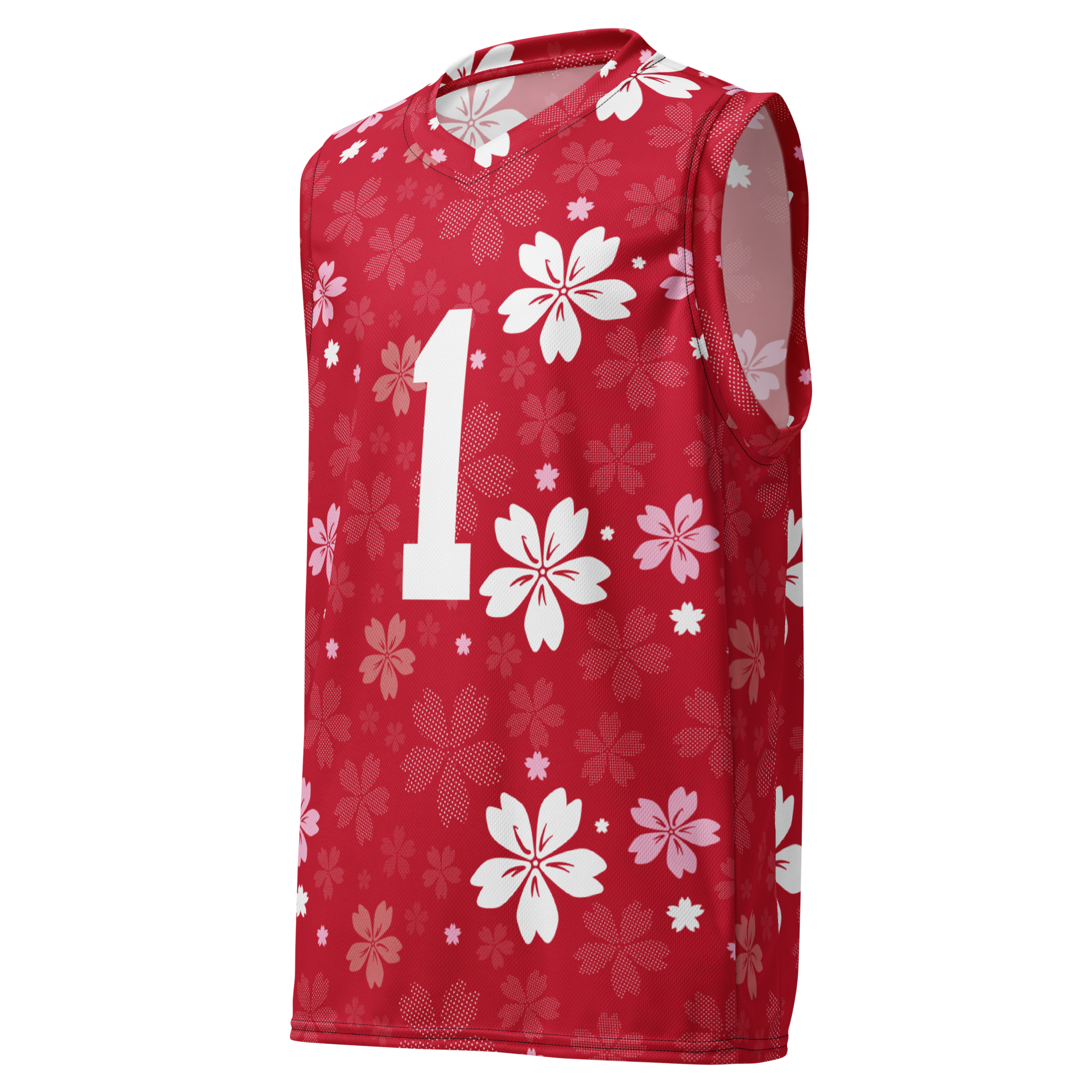
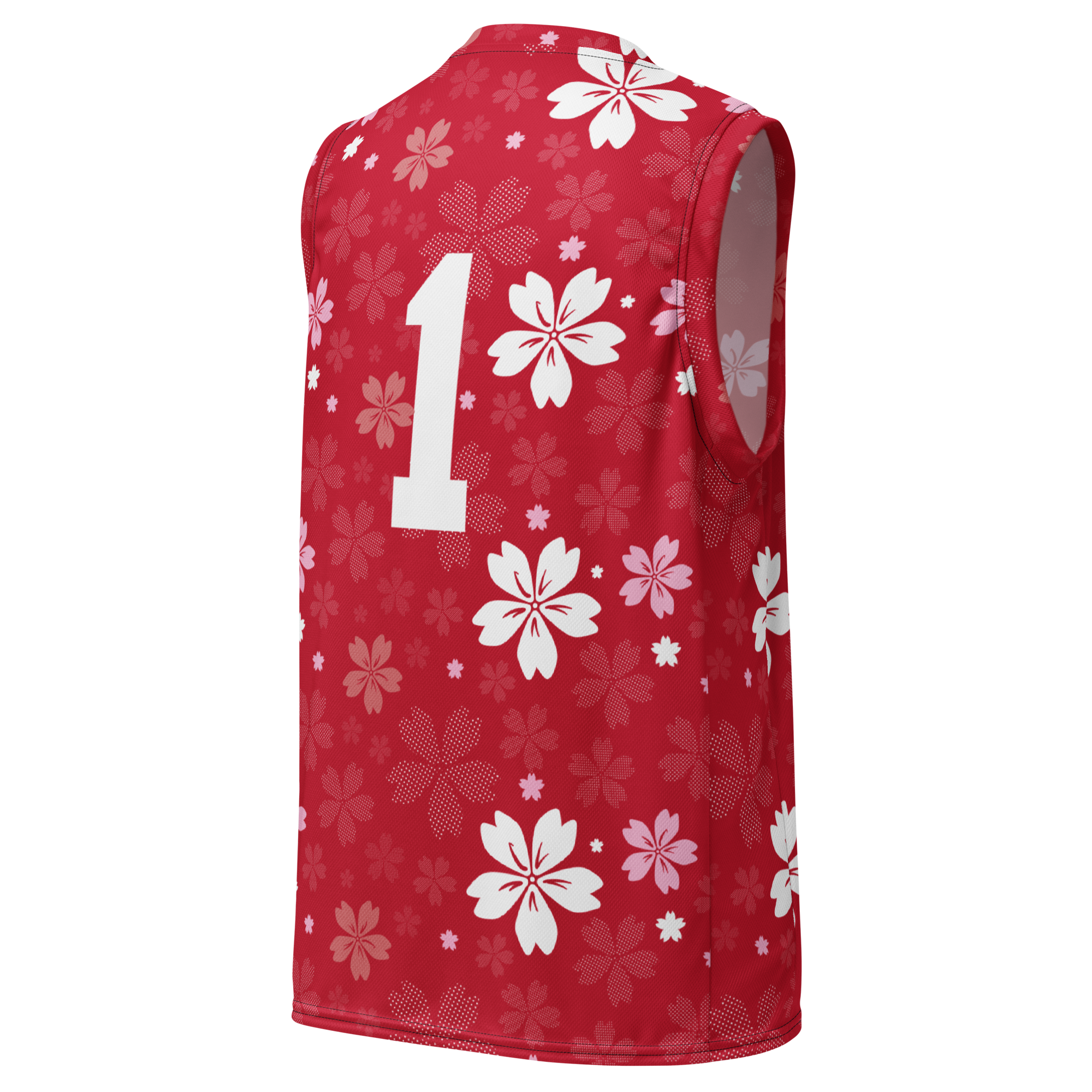
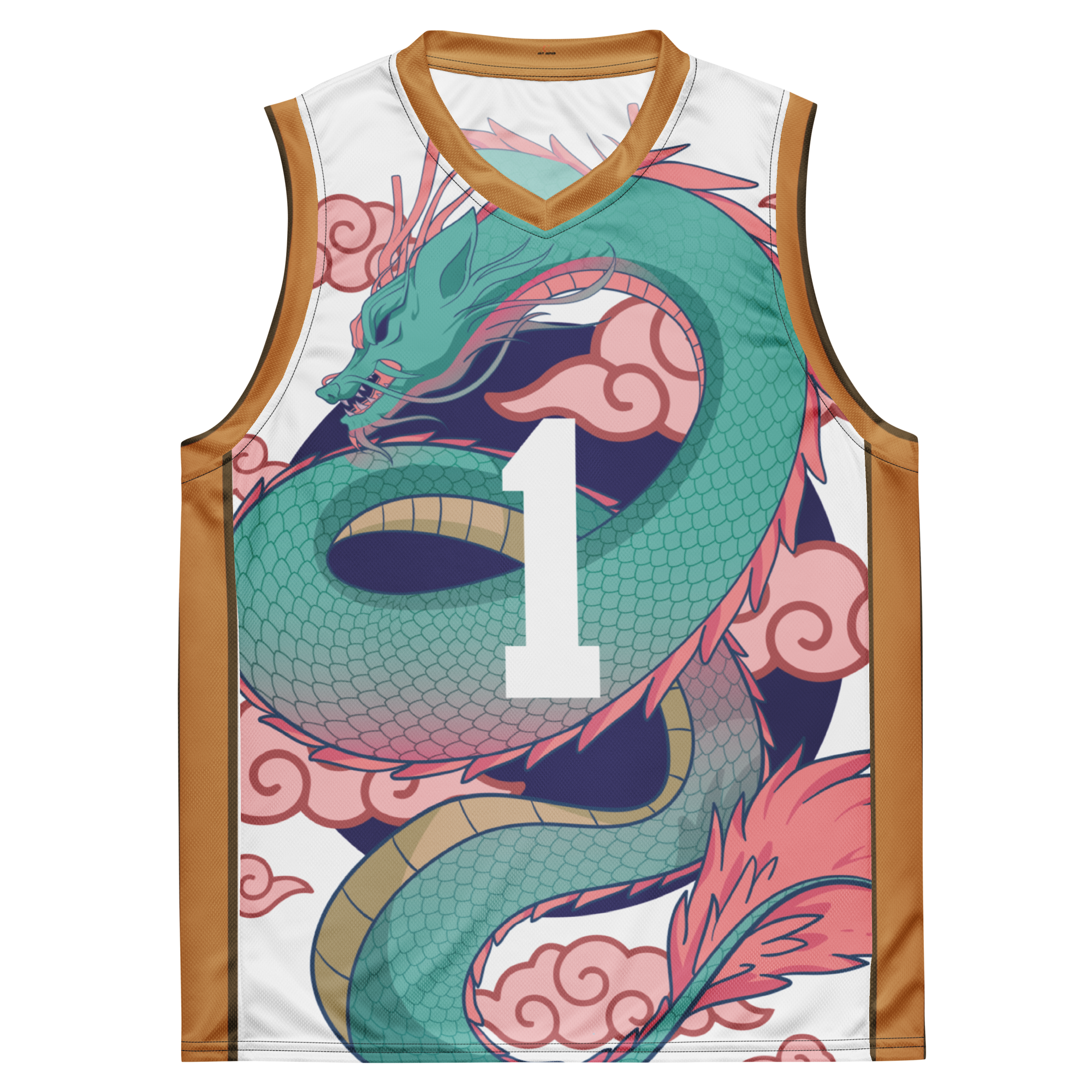
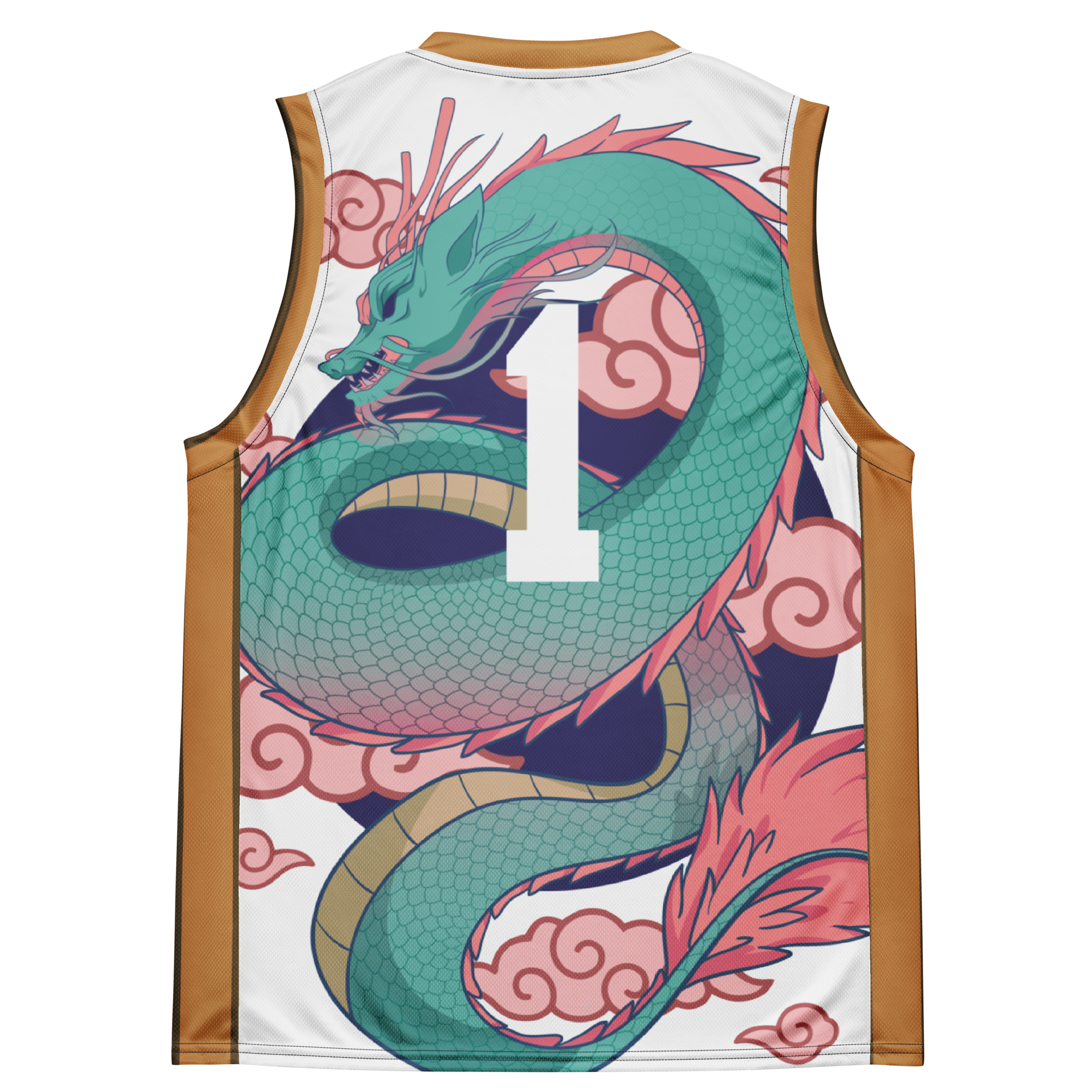
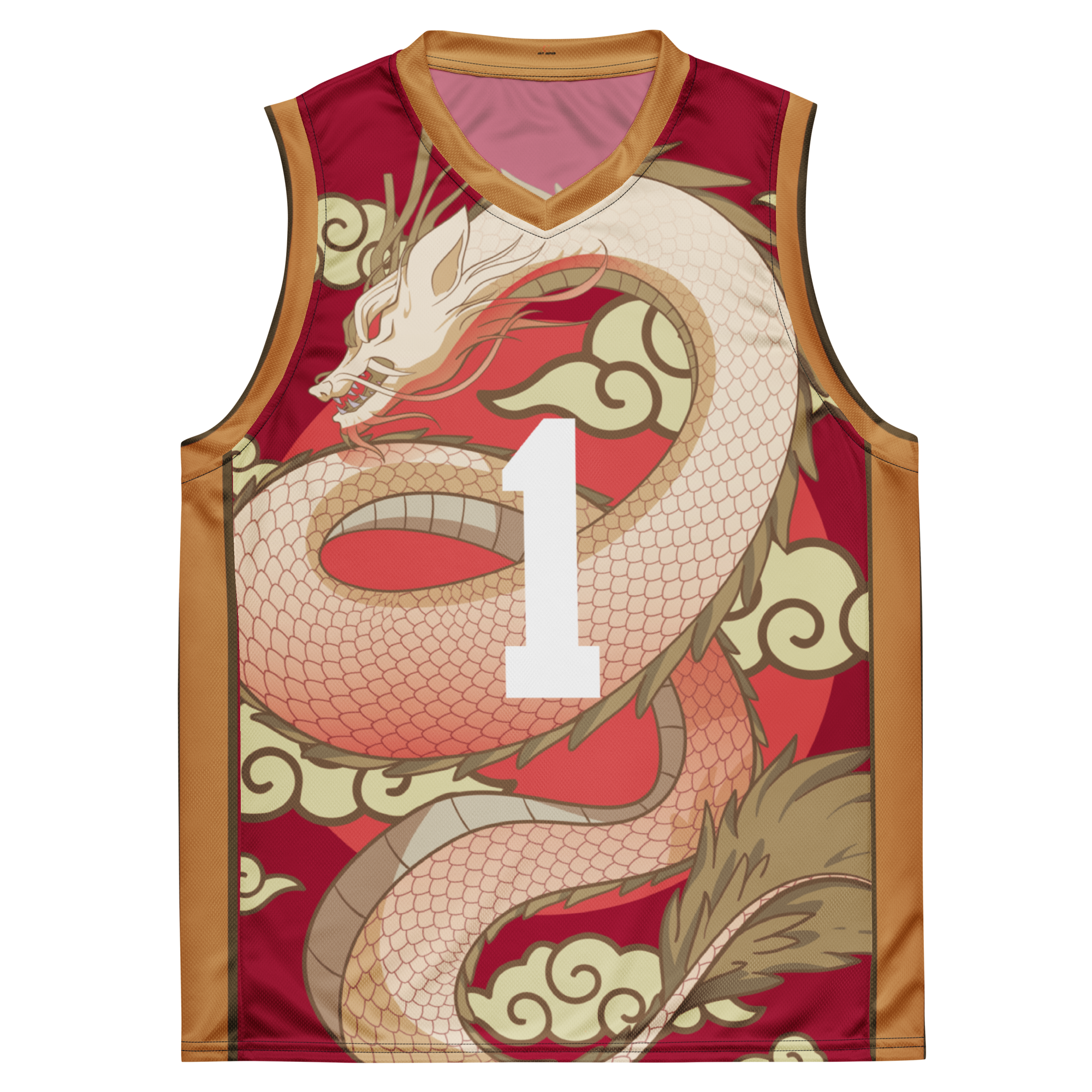
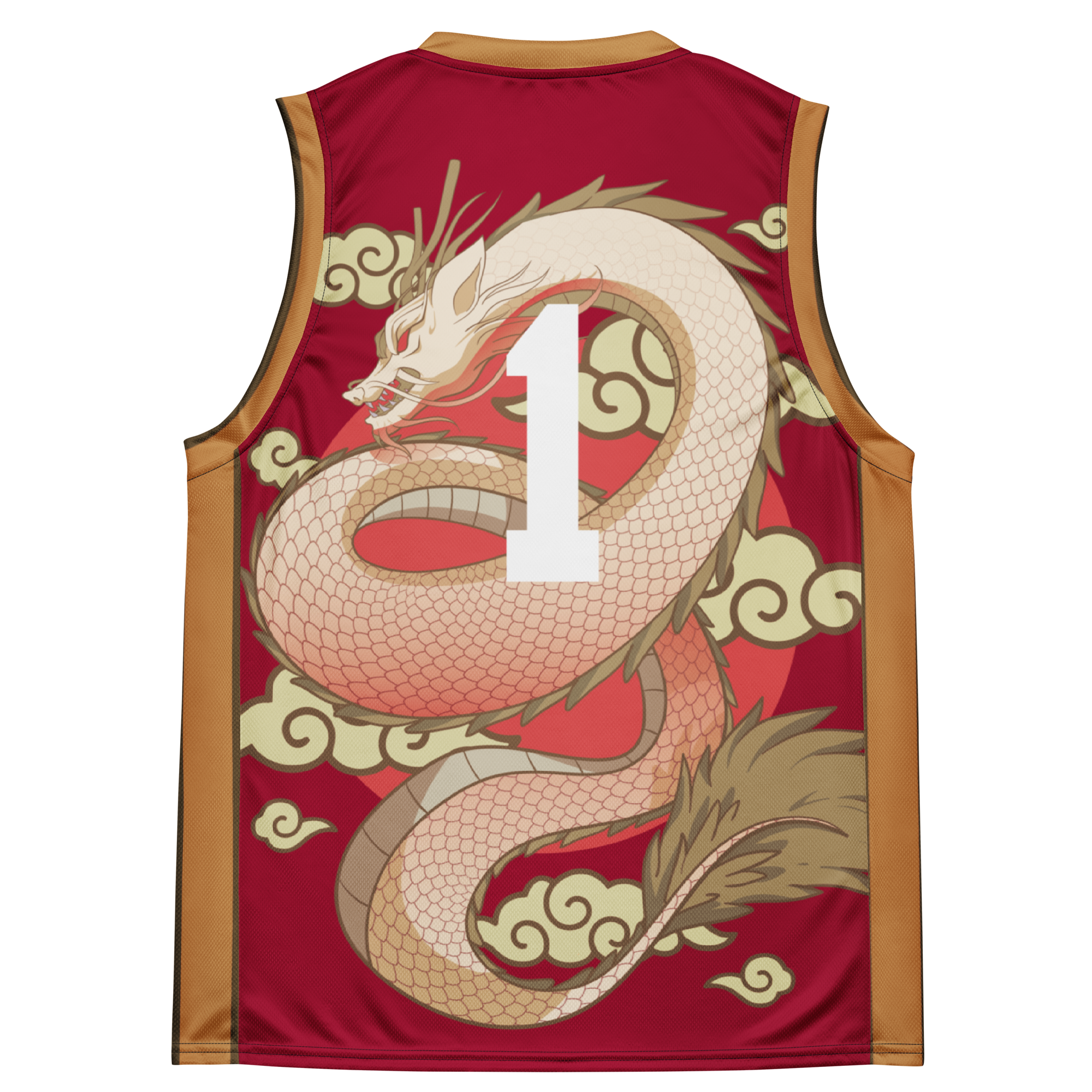
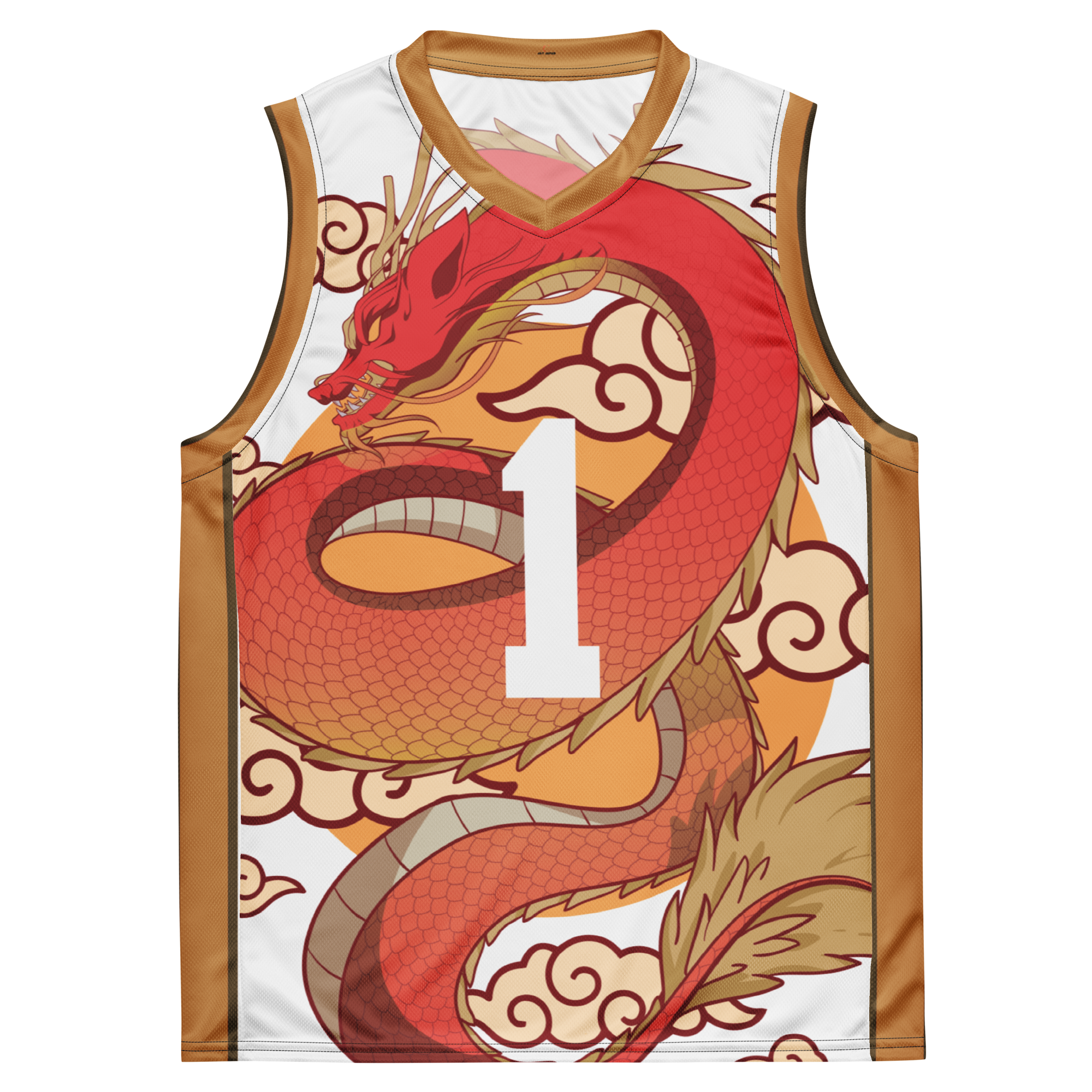
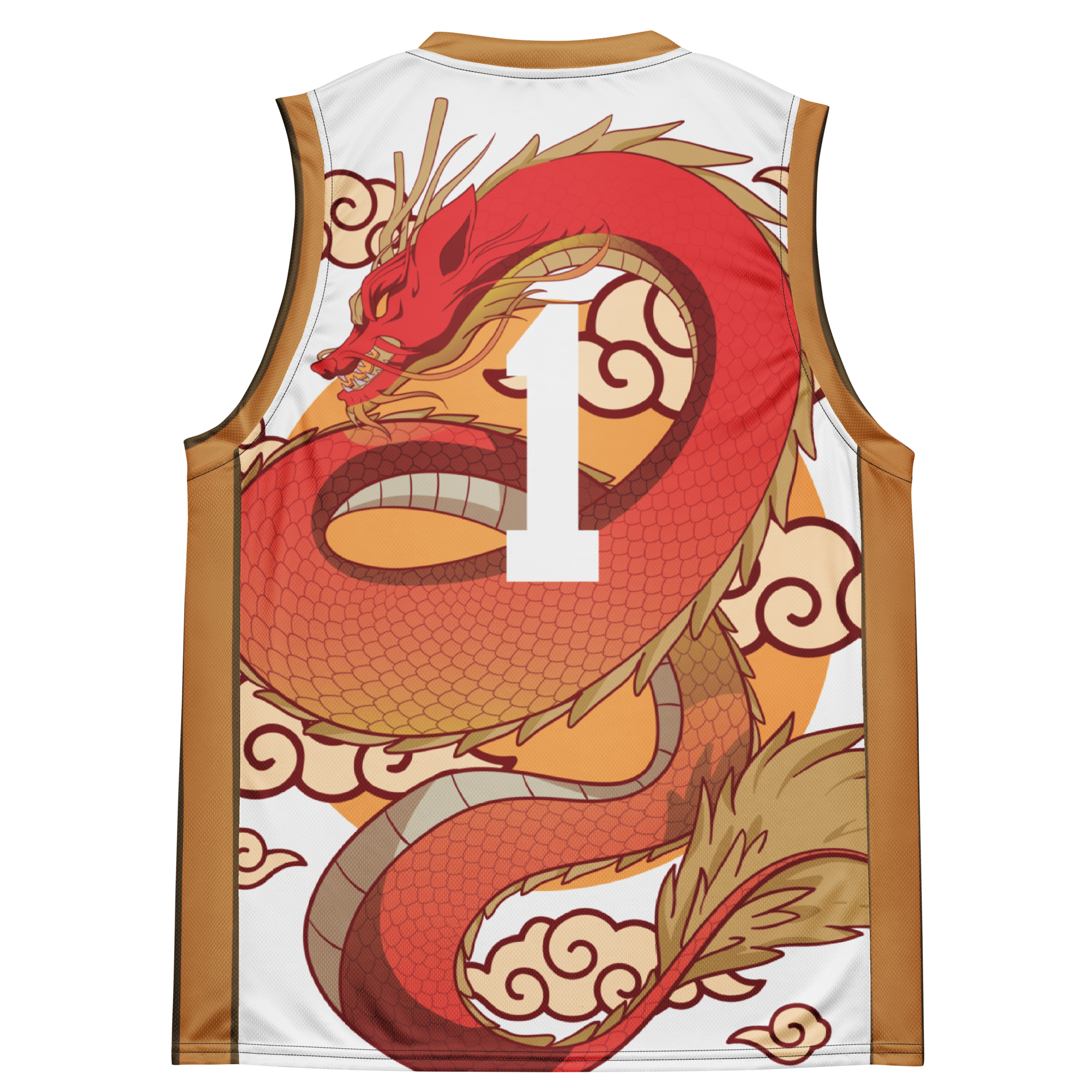
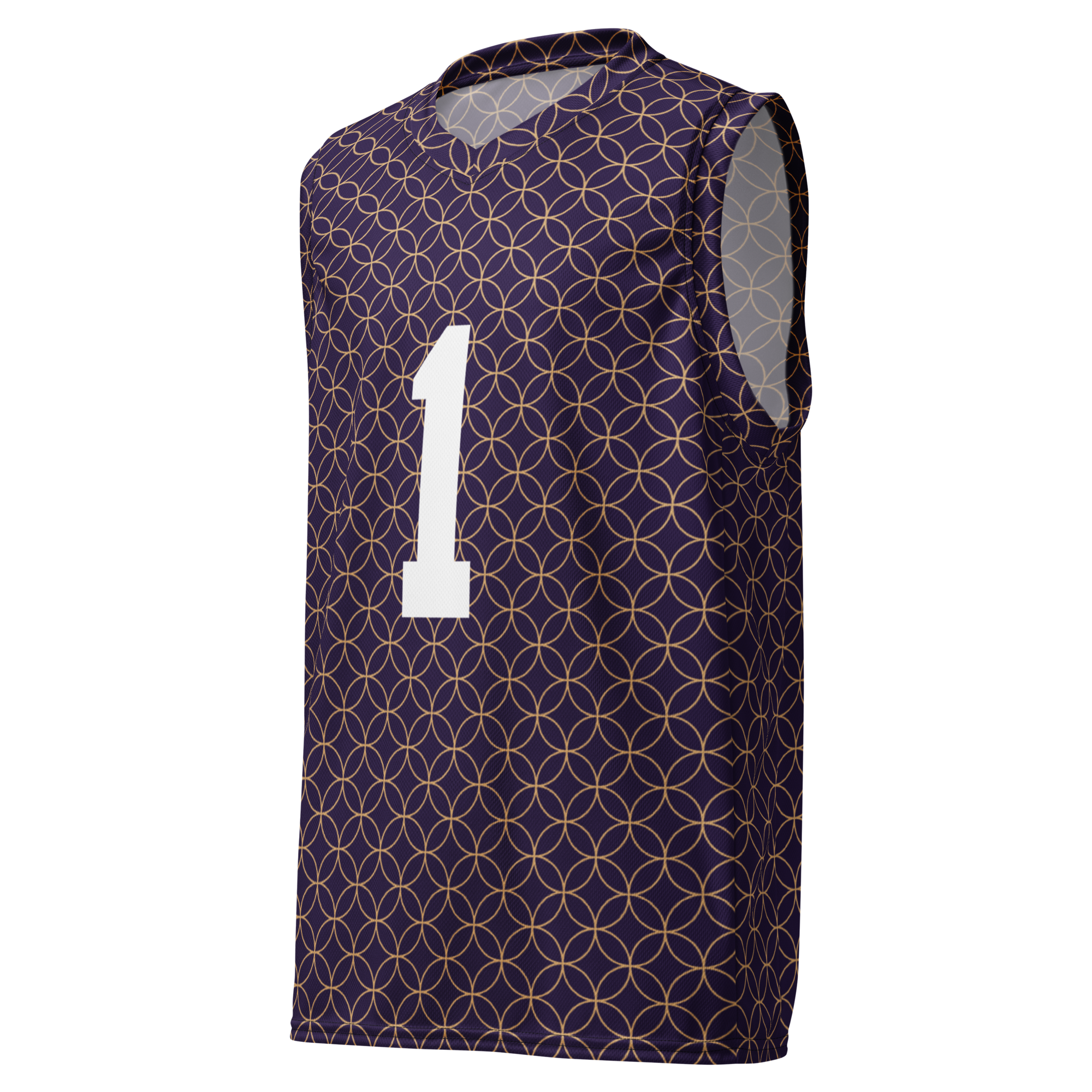
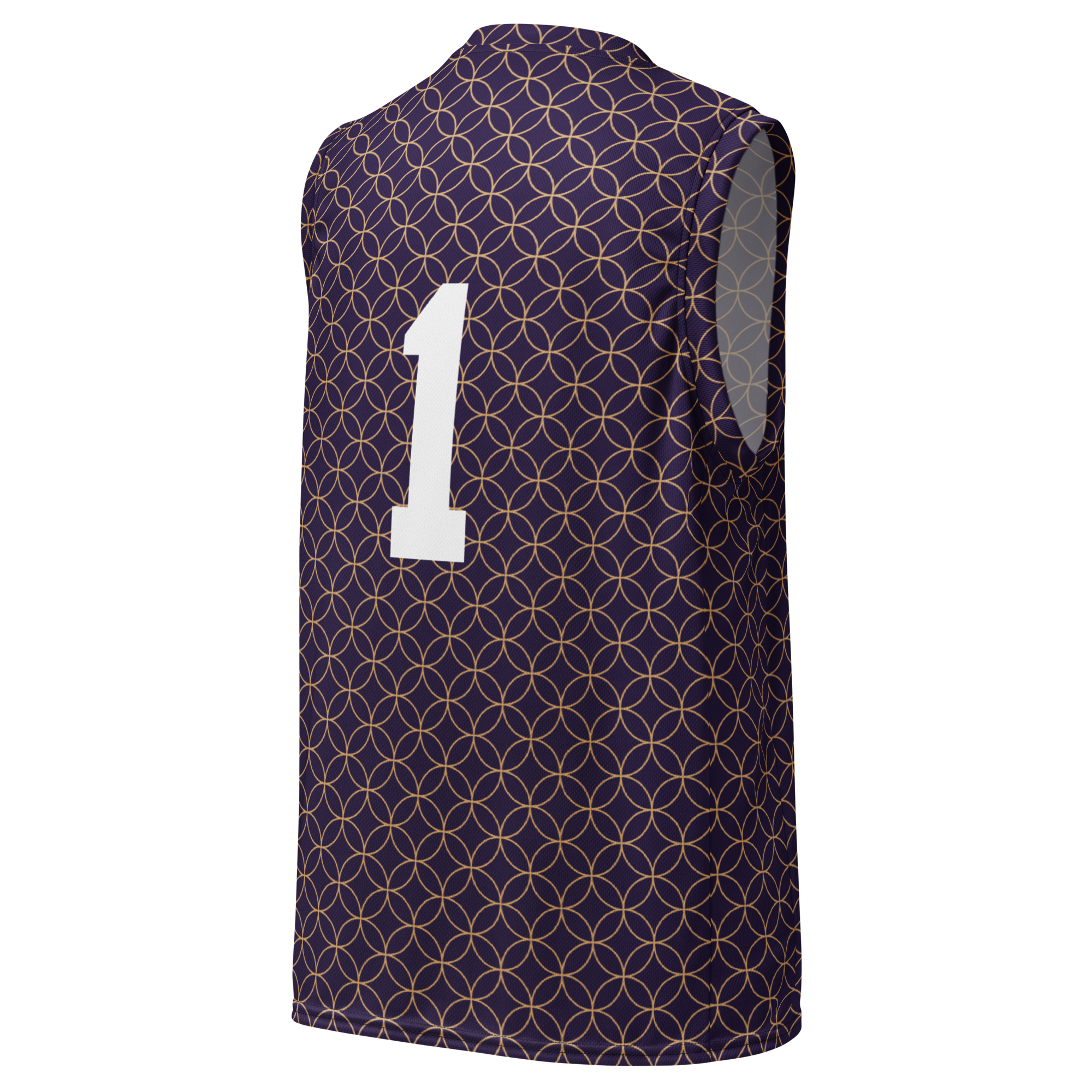
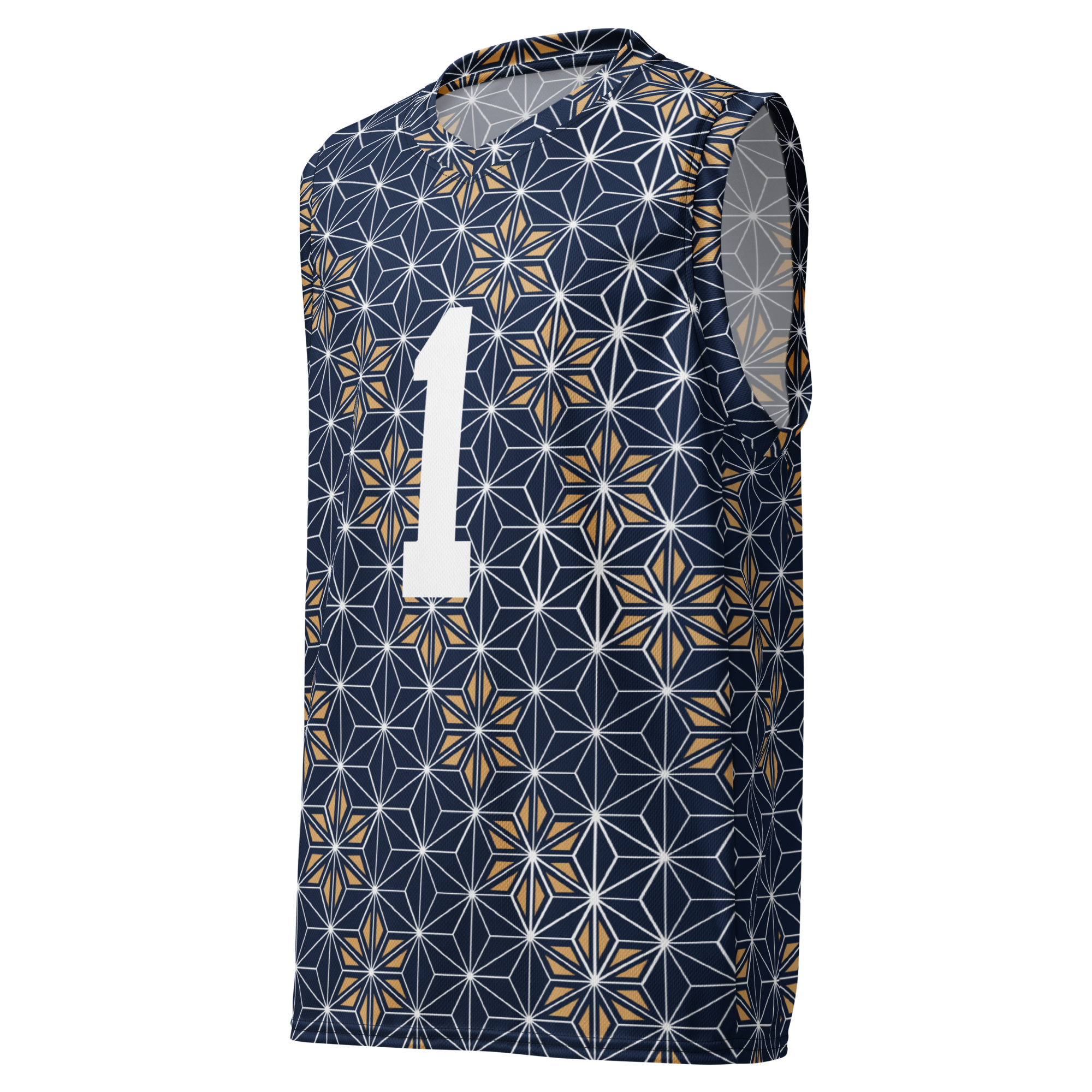
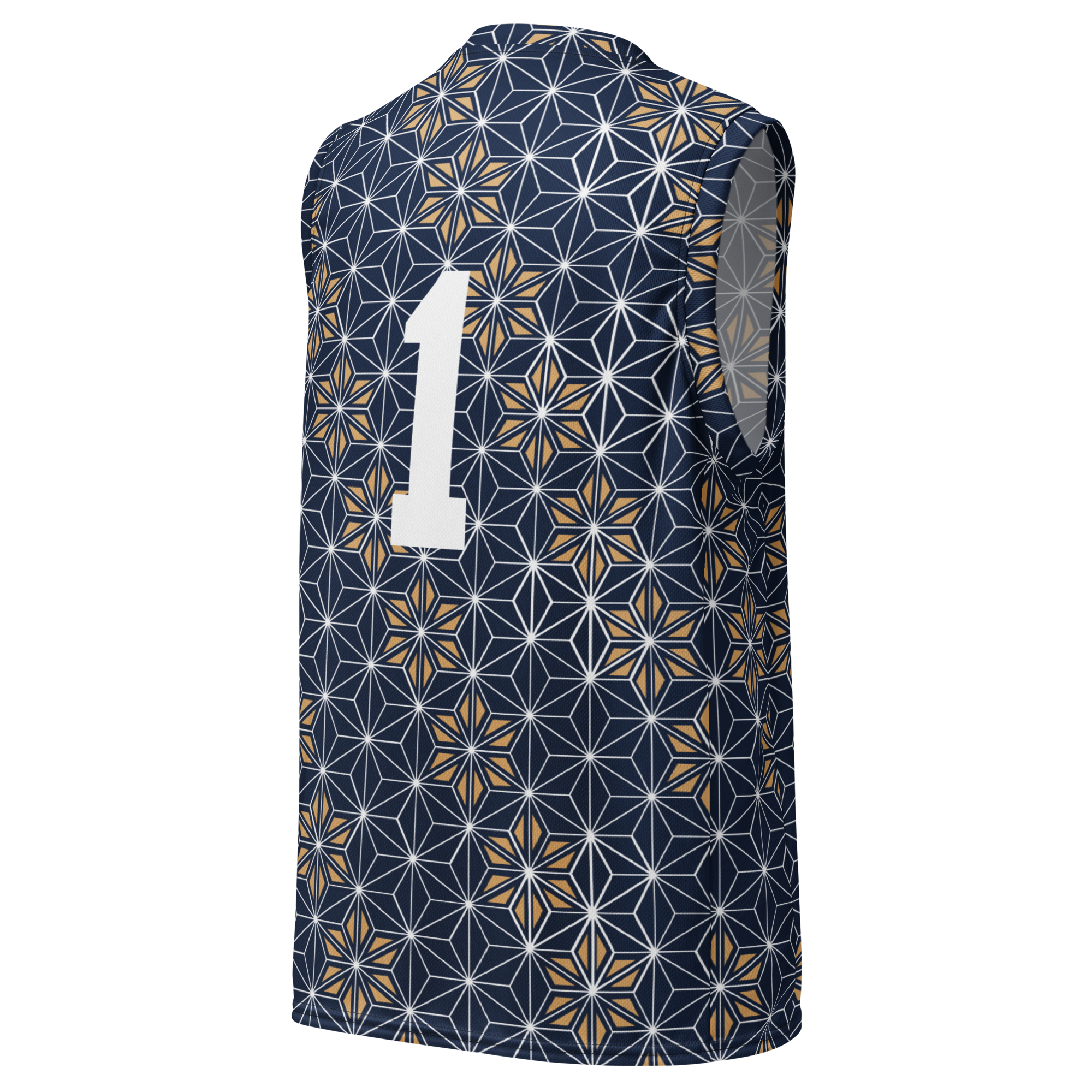
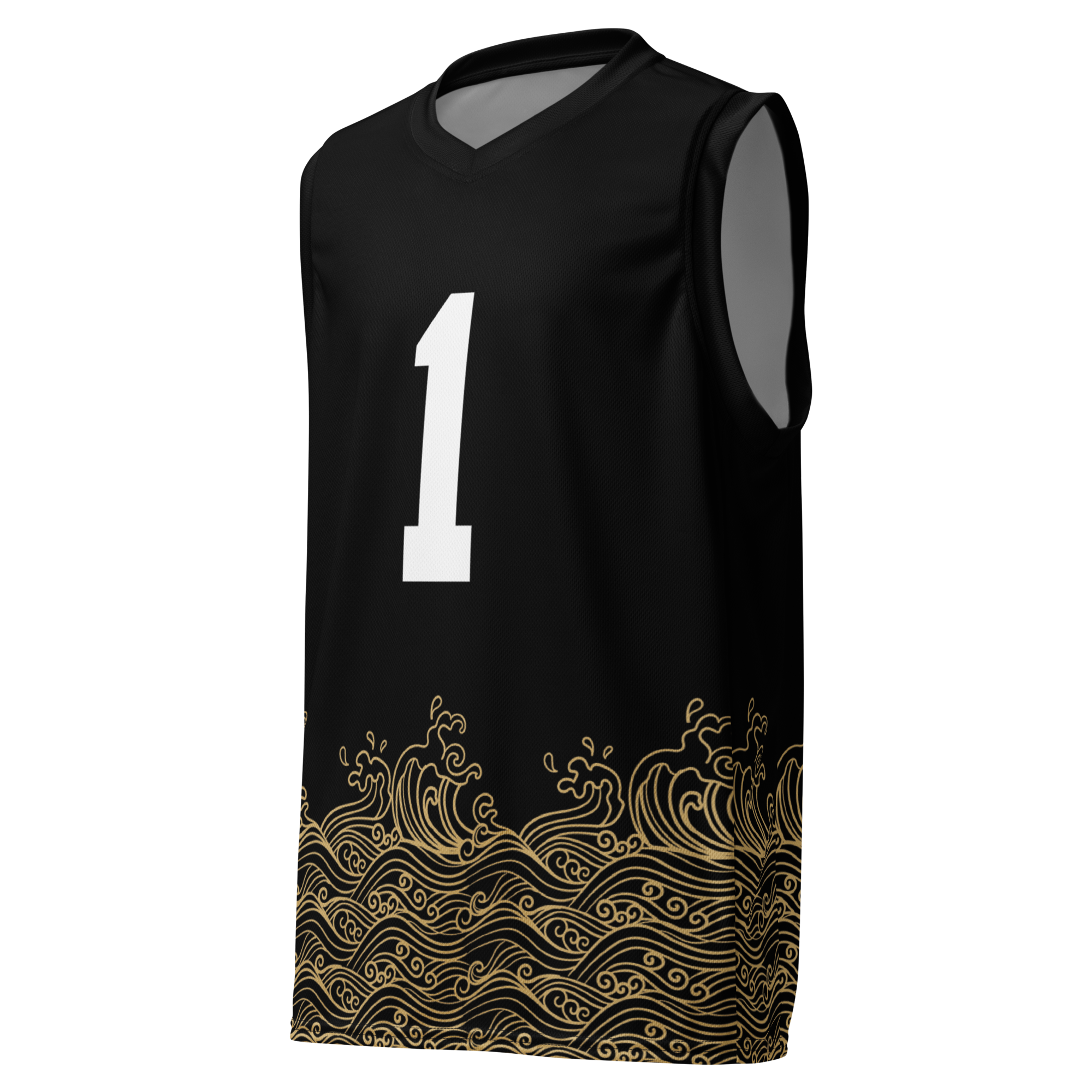
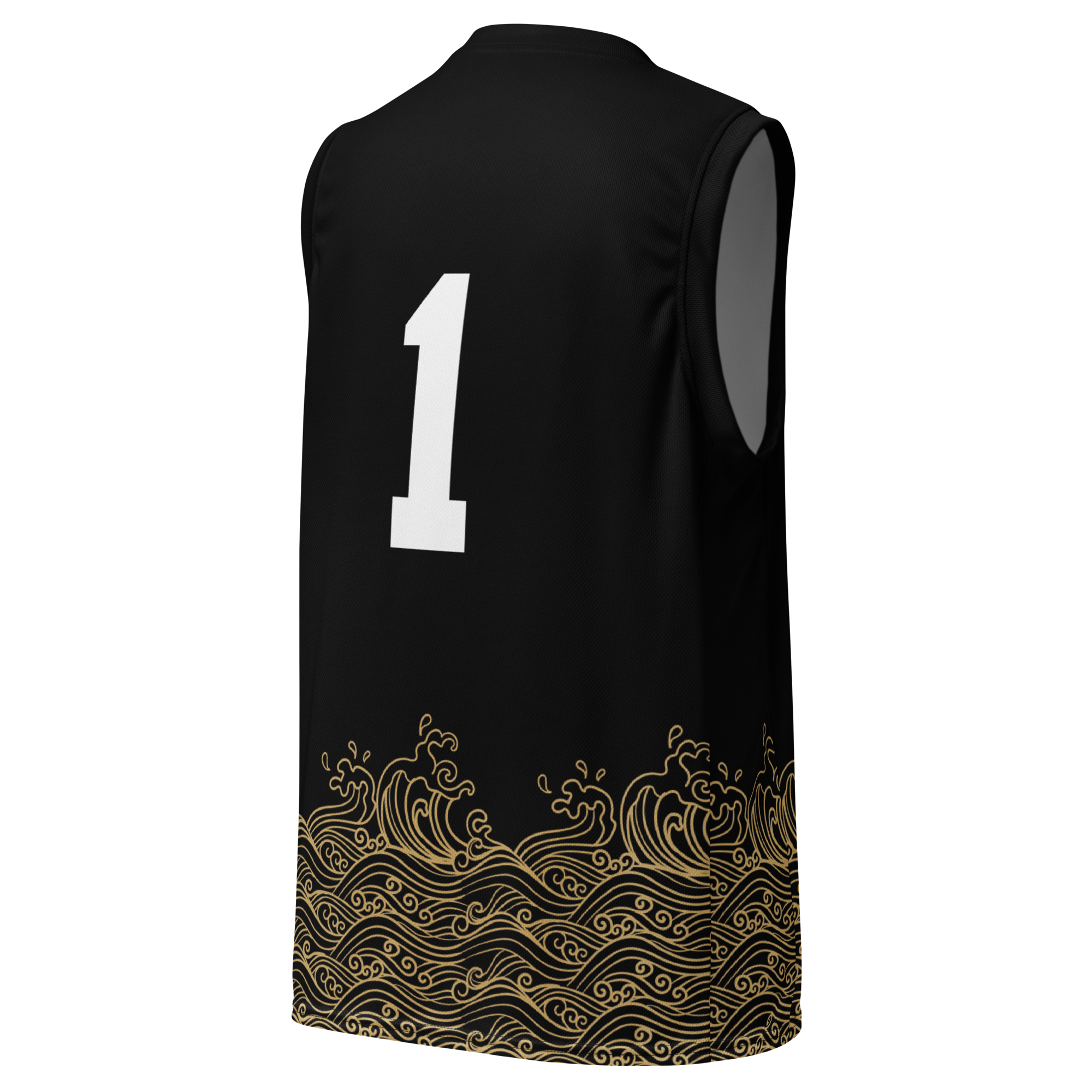
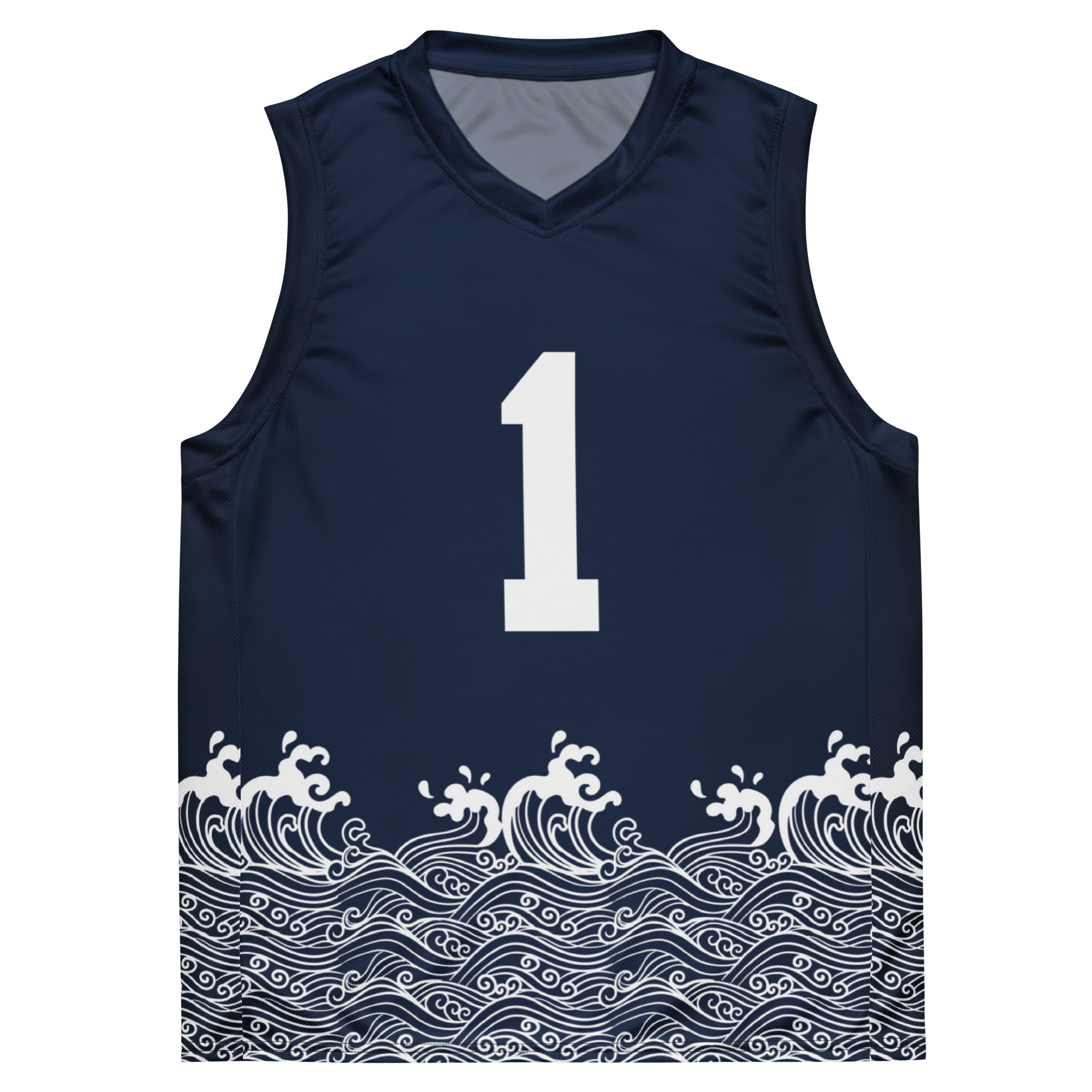
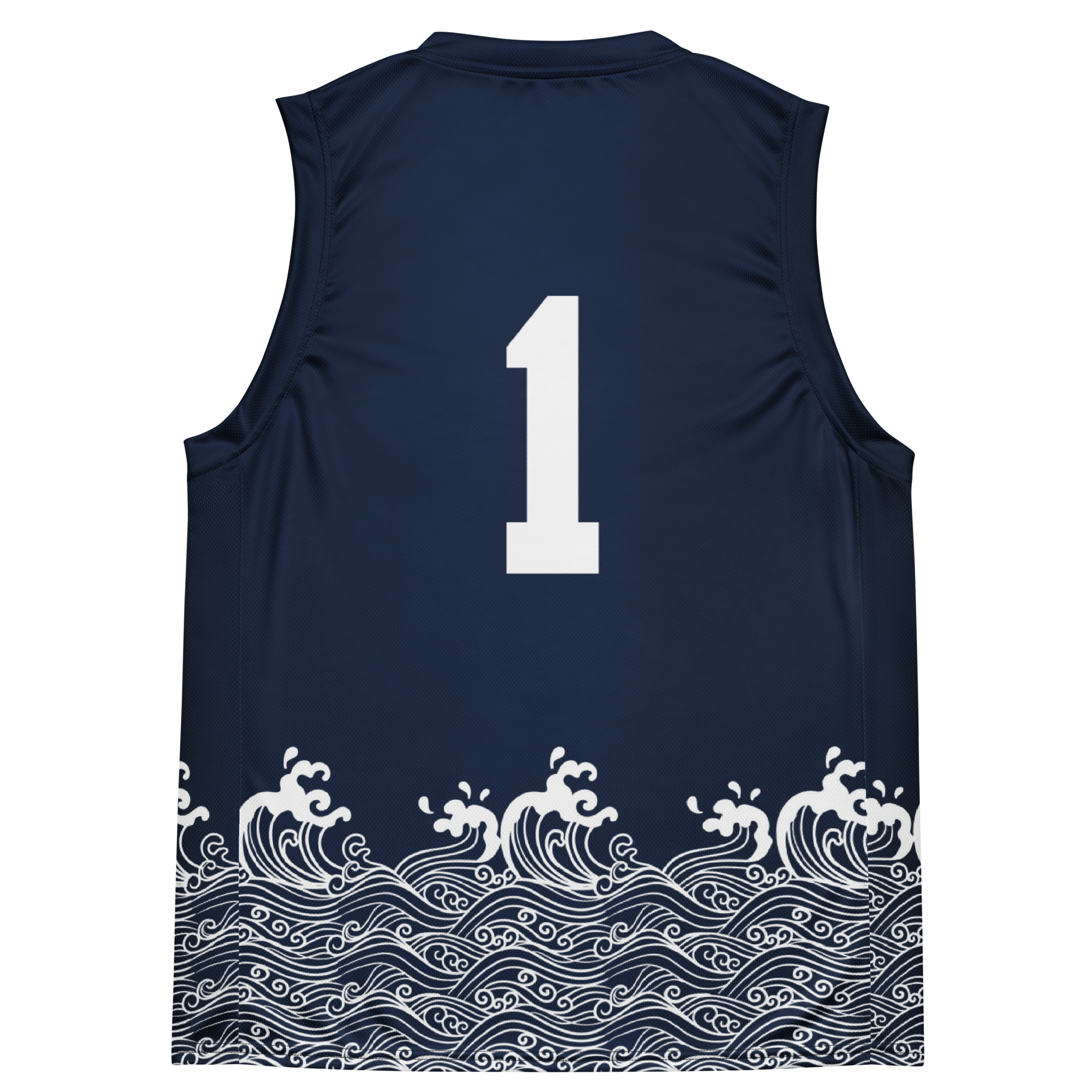
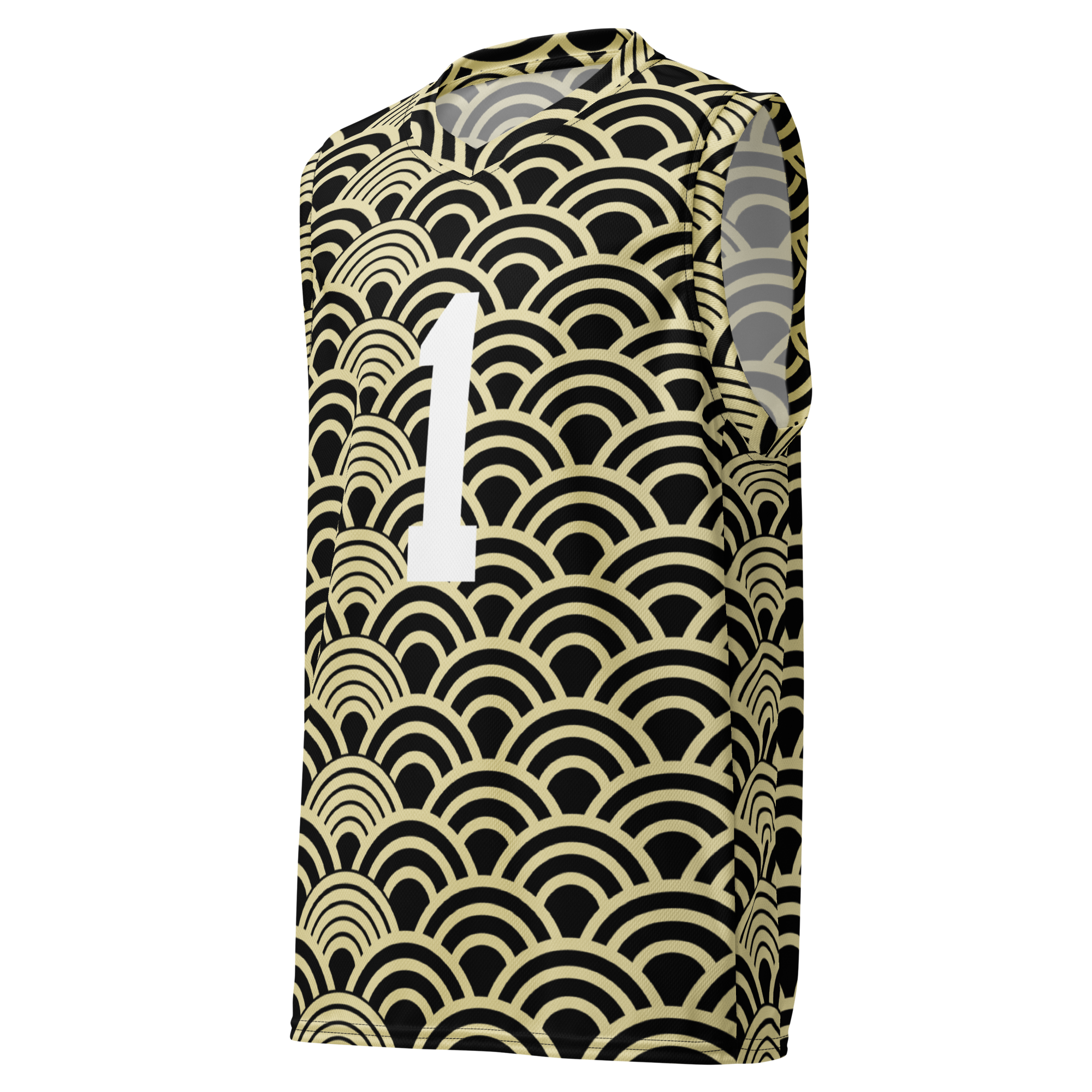
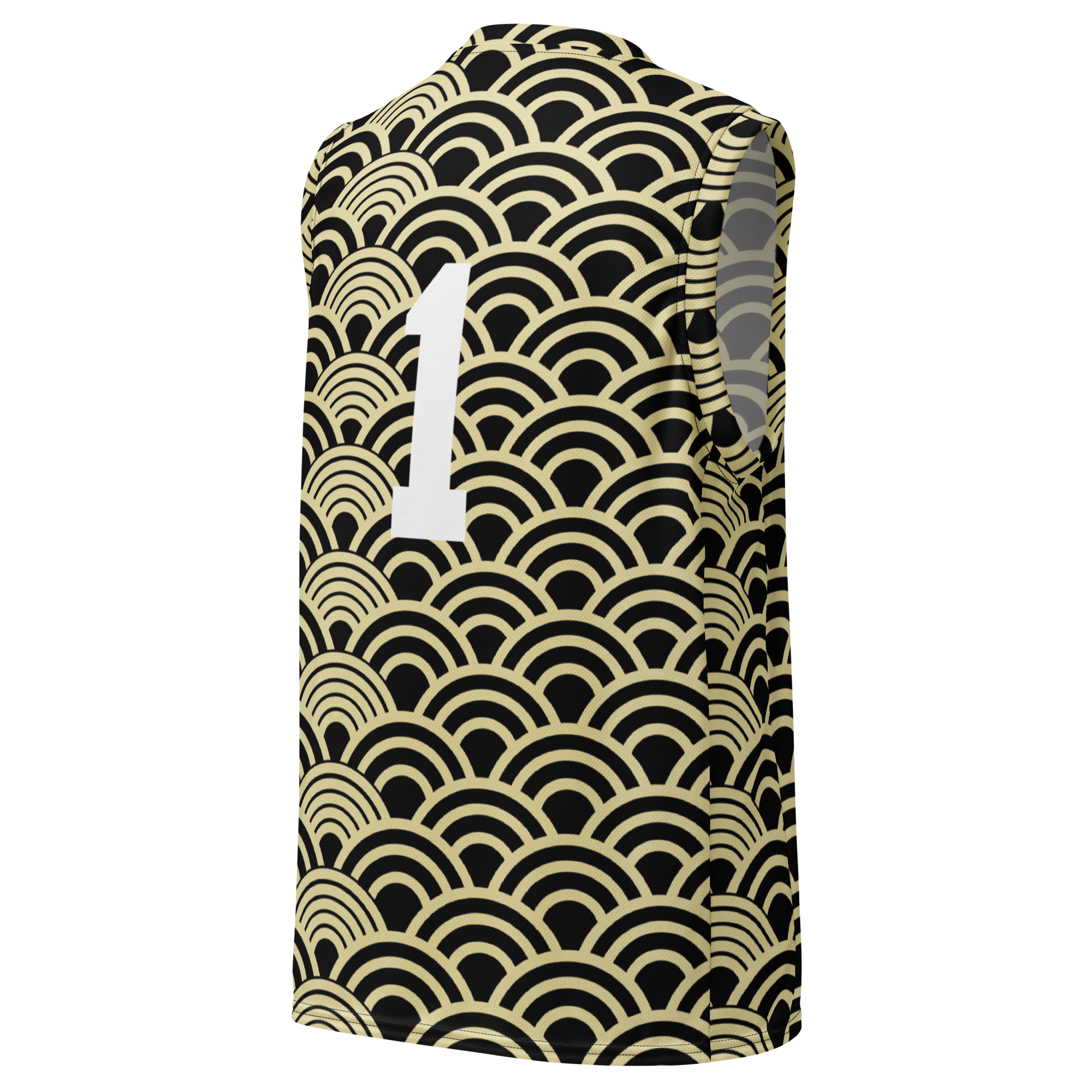
Leave a comment